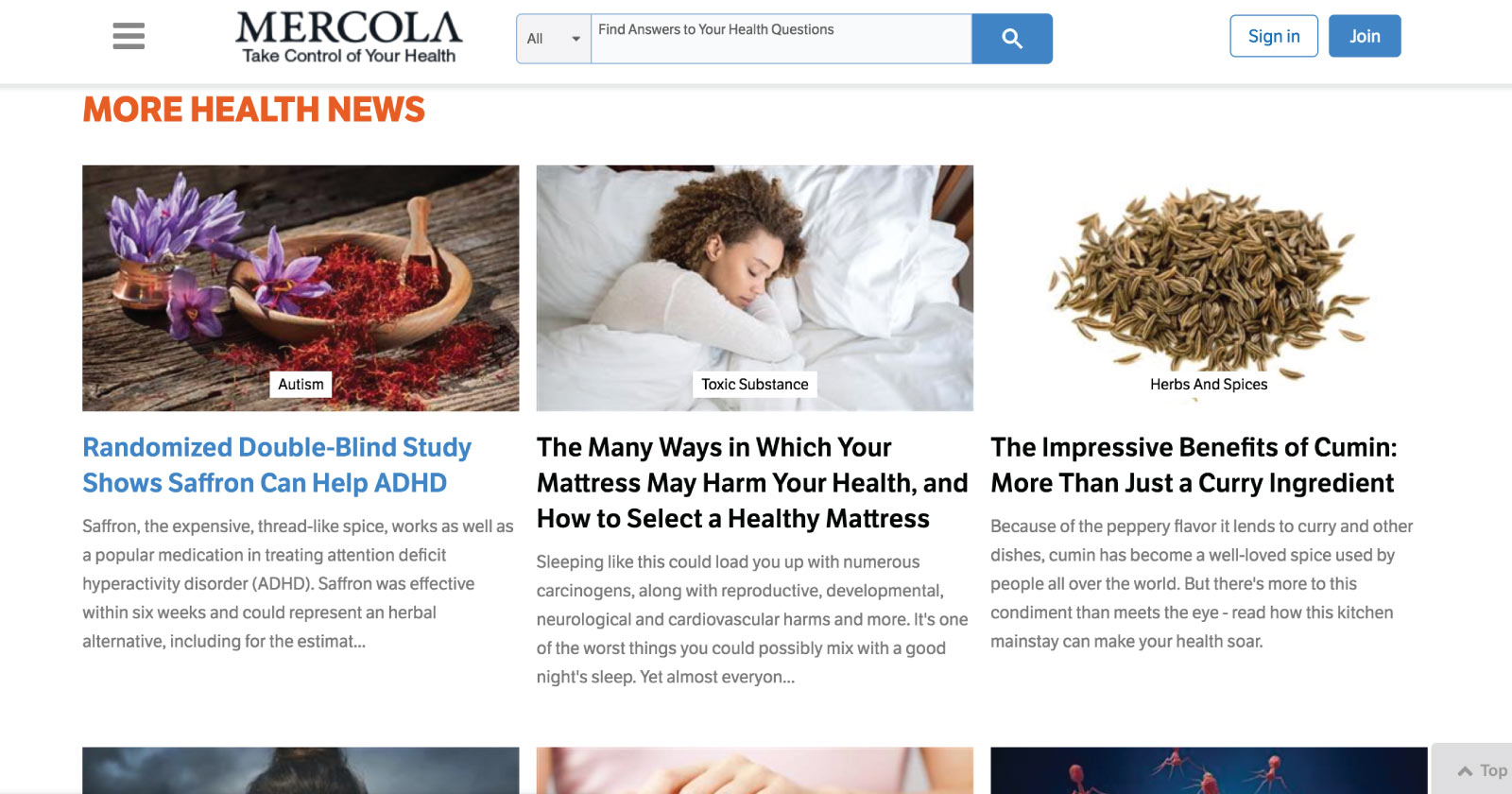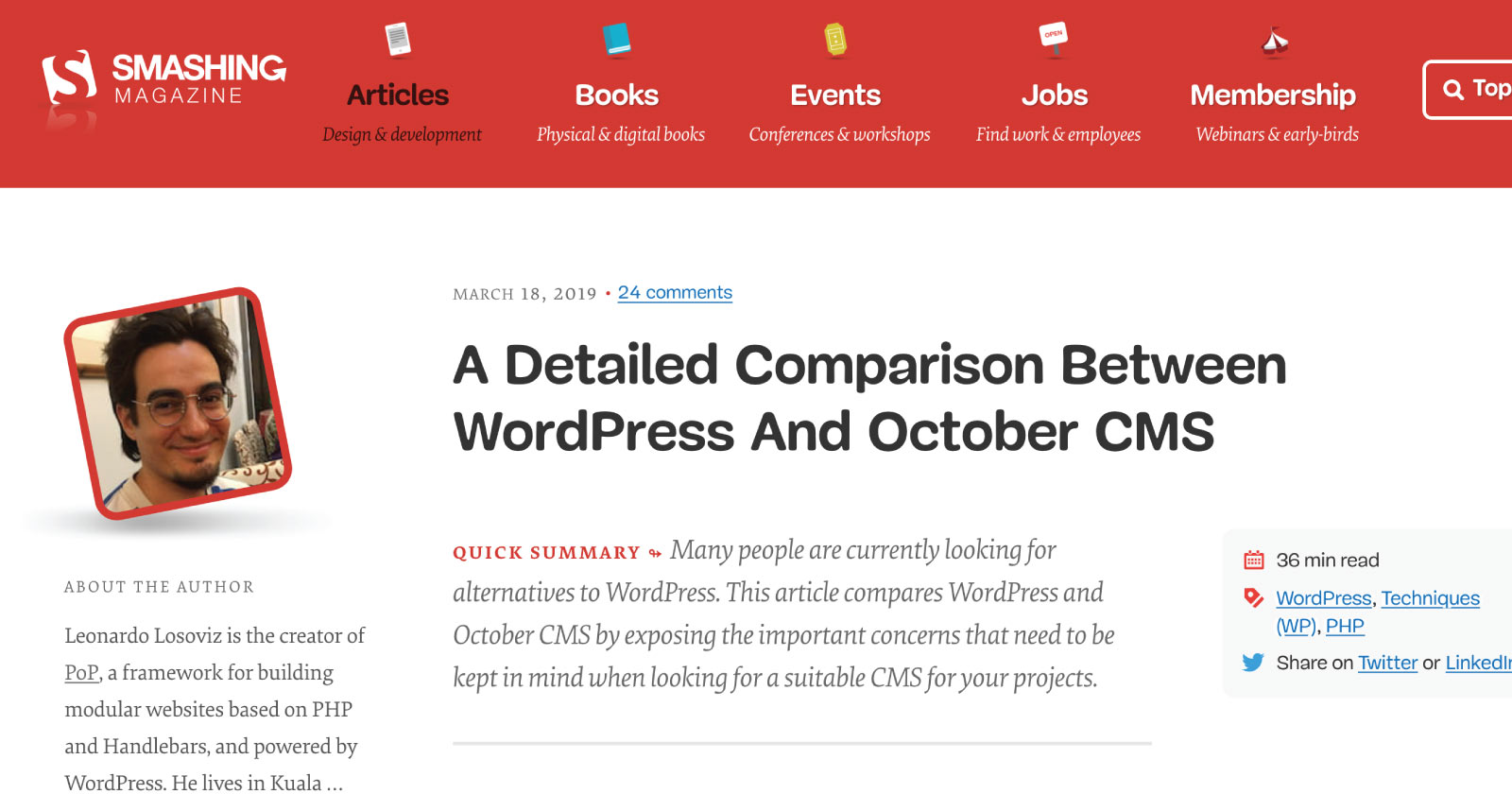How many times have you written a blog post that has faded into obscurity never to be seen again?
No views, no shares, and don’t even dream of any links.
Even worse, how many times have you commissioned content for your blog that is not delivering any direct measurables and you suspect the strategy involves throwing titles at the wall like spaghetti to see what sticks?
Writing a blog post is not sitting down and bashing out 500 words of whatever is on your mind or about what the CEO wants to talk about. Then grabbing an average stock image, loading, and hitting publish.
Writing a good blog post involves a lot more than knocking out copy when you feel the urge – you get out what you put in (garbage in, garbage out, GIGO).
Rand Fishkin first termed the phrase 10x Content on his Whiteboard Friday presentation in 2016. He offers great advice about what quality content requires, such as:
- Optimal viewing on any device.
- Trustworthy and useful.
- Solves problems.
- Delivers an emotional response.
- Delivers content in a unique or remarkable way.
Just after this or around the same time, the ‘skyscraper technique’ arose. It is a similar concept that is based on finding the best content already ranking for your term and creating something better.
I’m not going to repeat what others have said, so if you haven’t already, then I recommend reading both pages.
What I am going to offer you here are 10 steps with examples of other blogs as a foundation for creating high-quality and outstanding blog articles.
If you implement every step, then the quality of your articles will not only increase but more importantly, they will start to work for you and elevate your blog and brand to be an expert or ‘go to’ for your niche.
1. Always Start with the Why
Why are you doing this and what is it meant to do?
Knowing your endpoint and objective is the first thing you should think of so that you can work backward to get the best results.
What is your blog for:
- Are you an information resource on a niche topic?
- A thought leader to be the authority in your space?
- Or, a topical or trend site that breaks news or cutting edge design and technique?
Once you understand the fundamental identity of the blog as a whole, then for each article you should answer, what is this post for:
- To grow readers?
- To grow subscribers?
- Is it a spoke to support a hub page?
- Is it for shares or for links?
- Is this to newsjack a trend for a quick win?
- Or, do you want longevity from an evergreen article?

Backlinko is a blog I refer to often, as Dean has led the way in producing posts of a such a high level of content, value, and production that it’s almost impossible to better in the same niche of link building.
He is the best example of his own term of skyscraper technique.
Dean is clear about what he is doing. His intention is to be the go-to site for anything about link building and SEO. He’s used the quality of the content on his site to build his authority and reputation within his industry.
Every page is a huge in-depth resource and Dean believes in spending time on quality over quantity and may only post every few months, but this approach has worked for him.
He doesn’t ever try to experiment with thought leader style commentary or, talk about any other random subject. Backlinko knows who it is and what it’s for.
2. Know Who You’re Speaking to
Who is your audience? What do they want to read?
This is relevant to your blog article because you need to know what your audience wants to read and not what you think they want to read.
Define your personas, know what they are interested in, and most importantly what their problems are so that you can solve their issues with what you write about.
This is a surefire way to get someone’s attention and connect with them.
For instance, corporate blogs have a tendency to talk about what they’ve been up to and what’s been happening internally, etc.
But, no one cares that you donated to charity or that your sales director is leaving or that your new machinery has increased output by 25 percent.
People care about themselves and how you can help make their lives better or easier.

Wellness Mama knows that their audience consists of woman and mothers who want to make better health choices for their family and be a better mum (or mom).
The site is full of the kind of advice that your once upon a time your grandmother would’ve passed down to you but was being lost through the generations.
The site doesn’t deviate from knowing who it’s talking to and all of the article titles are focused on their audience to help them achieve their goal of being the best parent they can be.
It’s an incredible resource and wealth of information. A great example of how to be a publishing site.
3. Only Write About What You’re Qualified to Talk About – Don’t Fake It
If a chicken farmer is telling me how to catch fish, I’m skeptical.
For a brand to become an authority, it needs to have the expertise and be qualified in its field.
A legal firm offering recipe ideas is not going to reassure you of their conveyancing skills and a tennis coach wouldn’t try to give tax advice. If they do, I would be searching for someone else to do my tax return.
Once you know your niche, then go all in to be the expert surrounding that topic and cover every facet with the articles that you write (like Backlinko and Wellness Mama).
If you did your due diligence to define your audience then you will have a clear understanding of their pain points. Combine the pain points with your specialist knowledge, what your audience wants to read to find your sweet spot.
This will give your articles the edge by firstly the titles getting the attention of your audience and then secondly the body of the text will deliver on offering the best advice that will help them to get what they want.
“The No. 1 thing that you can do is … you need to decide what’s the one thing that you are better at than anything else … and you need to become the extreme version of that.” – Gary Vaynerchuck

Guaranteed, whenever I search for something surrounding health, such as [what are the symptoms of kidney stones], [what is the best way for the body to absorb vitamin C] or [intermittent fasting], Mercola is in the top results.
Once I see ‘Mercola’, I always click through on their link first because I know that everything I want to know will be answered on their page.
Mercola is fronted by Dr. Mercola, a natural health physician and he has a strong list of credentials.
I don’t blindly follow everything that he says as being the right approach for me, but I know his articles are of high quality and backed with references.
Mercola has a media-wide reputation; therefore, the articles he produces has to be able to stand up to scrutiny. He has earned my trust as being a valuable resource and qualified to talk about his subject.
4. Research to a Journalist Standard
The inspiration for the original Google algorithm came from the importance of citations in academic papers.
The amount of citations a paper contains and how many other papers link back to them is how the paper is judged.
This became the basis for how the algorithm was structured on links (and before anyone could conceive of link farms).
I like to consider that search content has come full circle back to writing academic papers with citations of credible sources.
Any high-quality article must be written in a journalist approach as standard.
What I mean is that all statements should be backed up by evidence – no unfounded claims. And the piece should be well researched and include other information, stats, and studies to support the topic.
Offering unreliable information is the fastest way to lose credibility.
The best blogs are now hiring journalists to bring their expertise to what is being published online and a high-quality article, as standard, should have links and citations to other respected and credible material to support its validity.
As mentioned previously, Mercola always offers medical references to support any claims and advice.
5. Don’t Run with the Herd – Be Original or Find a Fresh Approach
I used to refer to content that talks about the same things that everyone else is saying as “me too” content but that term now has a seriously different meaning. Instead, I’m going to say “herd content.”
Herd content is the stuff that you see replicated across sites in the same niche – saying the same things.
It’s obvious when scoping a niche that you can see the example of lazy research where one article has lifted the references and structure from another article.
To create high-quality articles that stand out you need to be ahead of the pack and, if possible, say something original or take an original approach to an existing subject.
Even though everything has been done before it’s always possible to find your unique approach to a subject. Even though everything has been done before it’s always possible to find your unique approach to a subject.

As I was researching this article and searched the phrase [Characteristics of a High-Quality Blog] all of the top listings were articles that said the same thing.
It was obvious they had copied each other and none of them stood out as a quality piece. The irony.
However, one article, by Larry Kim, did stand out as it took a completely different view. It had:
- A unique tone of voice.
- An original slant on the topic – The Unicorn Power Law!
- A lot of data to back up his theory.
- Screenshots and visuals make it easy to consume.
- Use of analogies and stories.
- The theory is worked from many angles.
His article doesn’t necessarily tell me how to create a high-quality blog, but true to his title, it does define what makes a quality article.
A refreshing read backed back by data – and the online marketing audience loves data. Larry knows his audience and he has a strong unique voice.
6. Be Informative & Answer Your Audience Questions
The web exists as a huge information resource (unconceivable only 30 years ago when research was done in libraries).
And, the majority of people searching online want help with something. Searches are focused on answering questions to problems.
Content marketing works by answering questions, helping people and offering solutions.
It also works by brand recall – the more a user reads your articles or sees your brand/name linked to content, the more they invest trust in you and are then more likely to buy from you.
Articles generally exist to provide information. An article that doesn’t say anything is of little value and use and is not going to inspire, engage, or connect with anyone. It isn’t going to do its job.
I cannot tell you the number of times I’ve read a thin blog post, got to the end, and thought – that told me absolutely nothing at all. In fact, it must be a skill to write 500 words and manage to say absolutely nothing at all.
Therefore, a high-quality article should be answering specific questions (circle back to knowing what your audience wants to read).
It should tell you something and not just be an outpouring of speculation and waffle (spaffle?) on a page.
In the digital marketing space, we’re spoiled by many high-quality blogs. Most digital bloggers offer value in their posts with lots of takeaways and tutorials and the standard is generally higher than other industries.

Smashing Magazine offers excellent content with practical advice and solid takeaways.
Each post has a real focus, is well researched with plenty of references to back up any claims and after reading, you have absorbed something of real value.
When I looked at their home page and skipped down the current article list, the read times per article are all varied between 20 mins, 30 mins and 50 mins – no thin content here.
Apart from the quality, the success of Smashing Magazine is that it knows its audience and never deviates from being laser specific on the content it offers. This has helped them to build a strong community and following in their space.
7. Focus on Content Density, Not Content Length
There have been many studies on what is the best length for an article, and results are usually weighted towards long-form content dominating top 10 search results with an average length of around 2,000 words.
The reasoning behind this is that longer posts get more social shares and are more likely to attract links due to the quality and research.
BUT, (and it’s a big but) just because you may have a benchmark of 2,000 or 3,000 words doesn’t mean that you should write an article that long – unless you have something to say.
Your article should be long enough to offer value but short enough to be to the point and avoid any filibuster. Concise and concentrated is the key.
Please, no more 500 word articles stretched to over 2,500 words.

The Book of Life offers a mixture of articles based on learning better emotional intelligence. It’s the resource that I really needed 25 years ago, but better late than never.
From the short but powerful, Stay or leave?
At 700 words to the lengthy Emotional Education: An Introduction at 4,600 words you can be sure that every word on that page is justified and there is no superfluous waffling or filling of space to make up space to hit an SEO target word count.
Each article is as long as it needs to be.
8. Speak in the Right Tone of Voice for Your Audience
Imagine you’re at a B2B networking event mingling at an executive level. Would you speak to them in the same tone of voice as you would your 5-year-old daughter? (Unless you were seriously weird.)
Would you talk to your boss the same way that you speak to your significant other?
Again, circling back to knowing your audience (everything does, that’s why it is so essential) you can then pitch the tone to their level.
Of course, it’s important to retain some level of your personality, but it should be aligned with your audience. Or, to be honest, you’re just not suited to your audience and shouldn’t be pitching to them.
Consider the level that your audience operates at, freelance, a corporate mid-level accountant or a top-level executive. Your article needs to be pitched to their level of intelligence.
Speaking at top-level will require wider frameworks and strategies for leadership whereas freelance level is more likely to want practical step-by-step guides on more granular issues.
If your audience is B2C, then you may want to engage on their level in a conversational tone whereas a B2B business is going to use specific industry language. Make sure you get it right!
Nobody wants to be that person at a fancy wedding trying to impress a high-profile journalist and mispronouncing the word hyperbole (yes, that was me, hi-per-bowl). I looked the part in my expensive, glamorous dress, and then I opened my mouth.

One of the best blogs I have ever seen that really knows its audience and delivers an outstanding range of targeted content to engage their audience is Mr Porter.
The Journal is a brilliant mix of ‘how to’, ‘where to go’, ‘what to do’ life lessons combined with how to dress when you get there and a smattering of intelligent interviews.
The editorial is well researched, well written, and pitched at a level of reading worthy of someone who can discuss the current state of the financial markets, can tackle a black run, and knows which fork to use with which course.
When they talk about style icons, they mean Yves Saint Laurent and Serge Gainsbourg. Not Wayne Rooney.
Mr Porter has a defined niche market and speaks to them in the tone of voice of a person who is educated, intelligent, in a high earning bracket and regularly travels worldwide with work.
As a young male-targeted publication, it’s a long, long way from the language that was used in the lad culture typified in Nuts magazine.
9. Presentation Is Essential – Avoid the Wall of Death
Have you ever tried to read a wall of text?

Maybe an extreme version, but a significant number of articles do present their content so badly that you simply can’t read it so click away.
As long-form articles have become more popular online, it’s essential to keep the eye and the reader visually stimulated so they will continue to read.
As marketers, I’m sure you know about Nielsen’s articles and how users read online. These ideas have been updated since 1997 but still hold fast – people do read differently on a screen to a printed page.
It’s widely known, and on a basic level, you must use lots of subheading, bullets, and short paragraphs.
For a long time, my interest has been understanding the development of long-form articles and how information is presented.
 Sharks and Minnows from the New York Times was groundbreaking when it was published in 2013.
Sharks and Minnows from the New York Times was groundbreaking when it was published in 2013.
The combination of large format imagery, video, maps, graphics and short blocks of writing ensured that a large volume of content could be presented online and keep a reader engaged.
I spent hours reverse engineering this piece and then producing my own efforts.
What we can take from Sharks and Minnows is that the use of full-screen imagery, graphics, video, excellent typographic hierarchy, and structure are what is needed to elevate an article to a high-quality. And, now considered standard rather than the exception.
I still believe that the basics start with having a strong topic and a high standard of research and writing, but the presentation will ensure that your article is read.
You can have the best piece of writing that was ever written in this world, but if no one reads it, then it’s irrelevant.
10. Keep Content Information up to Date
What happens to your article once it’s been published?
Do you publish and then forget it forever?
For high-quality content, I see evergreen content (enduring information) as a valuable investment that will pay back over a long term with sustained search visibility – it’s where I’m now specializing.
And, after all, the reason we are all producing this content is for marketing purposes and to drive traffic and leads.
One high-quality, in-depth evergreen post will have more value than 10 or even 20 thin articles.
But, if your content is evergreen, you will need to ensure that information is kept up to date by reviewing pages periodically.
Also, the benefit of updating the publishing date does mean that users are more likely to click in search results and it’s considered that Google does give preference to fresh quality content.
If you run a content audit on your site, you can see what existing pages do have value and drive traffic.
If upon review, the article appears out of date then a refresh and an update to the publishing date should see a strong boost in traffic.

Circling back to the first blog on this list, Backlinko is the master at keeping his content updated as any of his significant posts show with an annual update highlighted in the title.
In fact, Sleeknote shows reviewing and republishing content gave them a 290.67% increase in organic traffic and 177.78% increase in on-page conversions.
Key Takeaways
To produce high-quality content, the following 10 steps will ensure your publishing will be elevated to outstanding and deliver better results for your blog:
- Why are you doing this? Know what it’s meant to do.
- Know your audience and what they want to read.
- Only write about what you’re qualified to speak about. Don’t ever fake it.
- Research to a journalist standard.
- Be original. Or, take a fresh approach to old ideas.
- Be informative and answer questions.
- Be long enough to offer value but short enough to avoid filibuster.
- Speak in the right Tone of Voice for your audience.
- Pay attention to presentation. Up your game.
- Keep information up to date. Review and refresh.
More Resources:
- How to Create High-Quality Content
- 9 Tips for Creating Your Best SEO Content in 2019
- Content Marketing KPIs: Your Guide to Picking the Right KPIs for Content
Image Credits
All screenshots taken by the author, March 2019





